There will be a accent Northern Portugal, but it's a great Algarve and there are great hopes for it. The “Mar Profundo”, a scientific ship built at the Nauiber shipyards, in Vila Real de Santo António, had its own put down and will enter service before the end of 2021.
The ship launched today in the Algarve will be, after all, "a laboratory", where researchers from the Institute of Systems and Computer Engineering, Technology and Science (Inesc Tec) of the University of Porto, but also those from the Center for Technological Research do Algarve (CINTAL), who form the “TEC4SEA” partnership with them, will “validate, test and develop technology for the sea”, under real conditions.
“This is not an oceanographic vessel, it is used to test technology. We are an extension that develops technology and this vessel will help us to do so», revealed to journalists Eduardo Silva, professor at the Superior Institute of Engineering of Porto and researcher at Inesc Tec, on the banks of the “Mar Profundo” ”.
“We have our laboratory, where we develop the technology, but we have to go and validate it at sea. We have a tank, where we can test some things, such as water inlet, buoyancy, always at low pressures. But then we have to go , test, to see if what we've done is working or not,” he added.
Despite this being the main focus of the ship “Sea Deep”, the vessel “can also give a little help in oceanography and marine biology”.
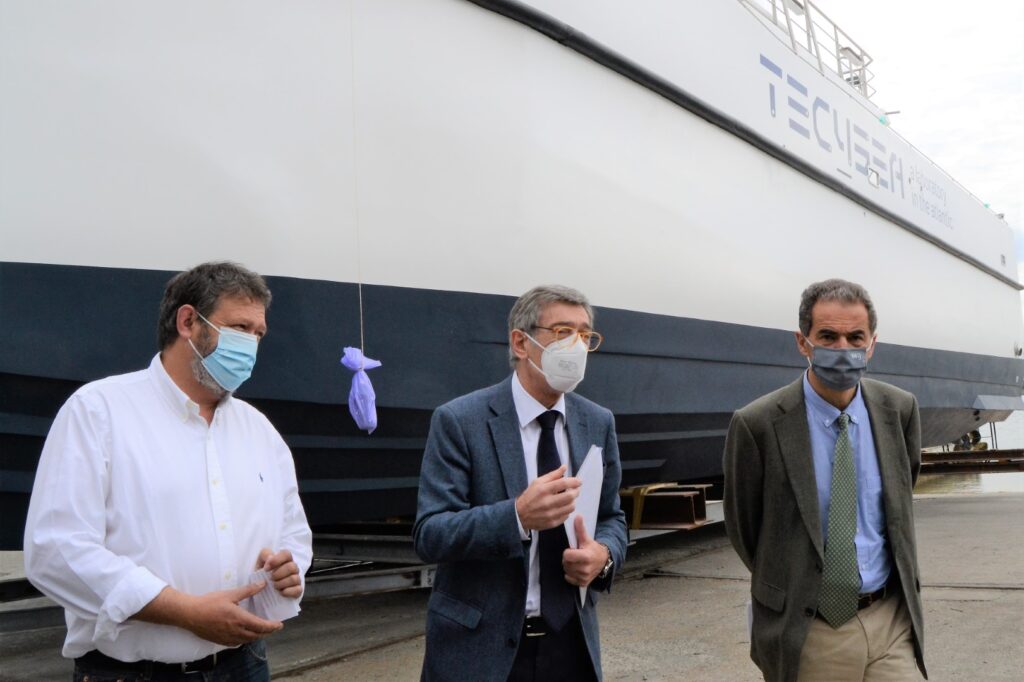
Rui Roque, managing partner at Nautiber, did not hide that building a ship of this nature was challenging, but very positive for the company.
“It is always very important to do this type of construction, which allows us to gain new technical skills and more knowledge. It was an opportunity to evolve,” he said.
But there is also another important aspect. "This work was very special for us, because it can open perspectives for us to enter other markets that, until now, without executing and without doing, we would not have access to".
«This opportunity that Inesc Tec gave us is extremely important for the naval industry, because we are creating a specific product, which is salable abroad», believes Rui Roque.
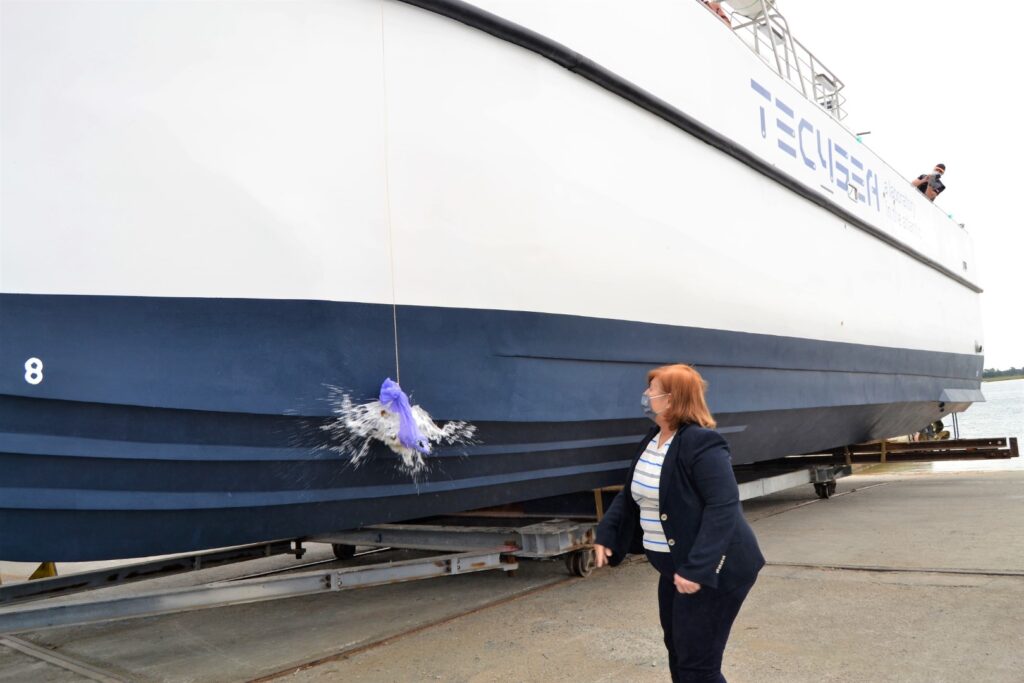
The baptism of this vessel, whose godmother is Helena Pereira, president of the Foundation for Science and Technology and, herself, «a woman connected to nautical», and the consequent put down, were witnessed by Manuel Heitor, Minister of Science, Technology and Higher Education.
During the ceremony and later to journalists, the member of the Government insisted on stressing "the importance" of the moment.
"The fact that the ship is built in a shipyard and here in the Algarve is particularly symbolic, but also very important, because it shows the national capacity to make and build these equipment with greater added value, which position Portugal in the world," he said.
Another dimension that Manuel Heitor valued was the «relationship between the scientific community and companies, in this case a shipyard», which made possible, «for the first time, the integral construction of a ship of this nature here in Portugal».
"This is a scientific vessel, to help explore the deep sea, which will be equipped with the best equipment available, in order to facilitate national and international researchers to enhance knowledge about the sea," summed up the minister.
Shortly after these words were uttered, Helena Pereira fulfilled the tradition, breaking a bottle of champagne against the ship's hull and the boat was thrown into the Guadiana River.
«It's a milestone! As you have seen, this was a very simple ceremony, just put him in the water. He's still going to finish it. But it was a moment with great meaning. This will allow us to take a very big leap in scientific and technological research», confessed researcher Eduardo Silva.
And what will the “Deep Sea” ultimately help to create?
“We develop robots. But before they can do the function they were designed for, we have to test them at sea to see if they work. Another thing we have developed are sensors, which we have to leave in the sea for two or three days», explained the researcher.
A concrete example of the application of the technology developed by this group of researchers is related to «projects for the assessment of minerals in the deep sea», in which Inest Tec is involved.
“To verify if the robot gets there, if it is located, if it can understand where it is and if it is capable of analyzing that terrain, this ship is fundamental”, he said.
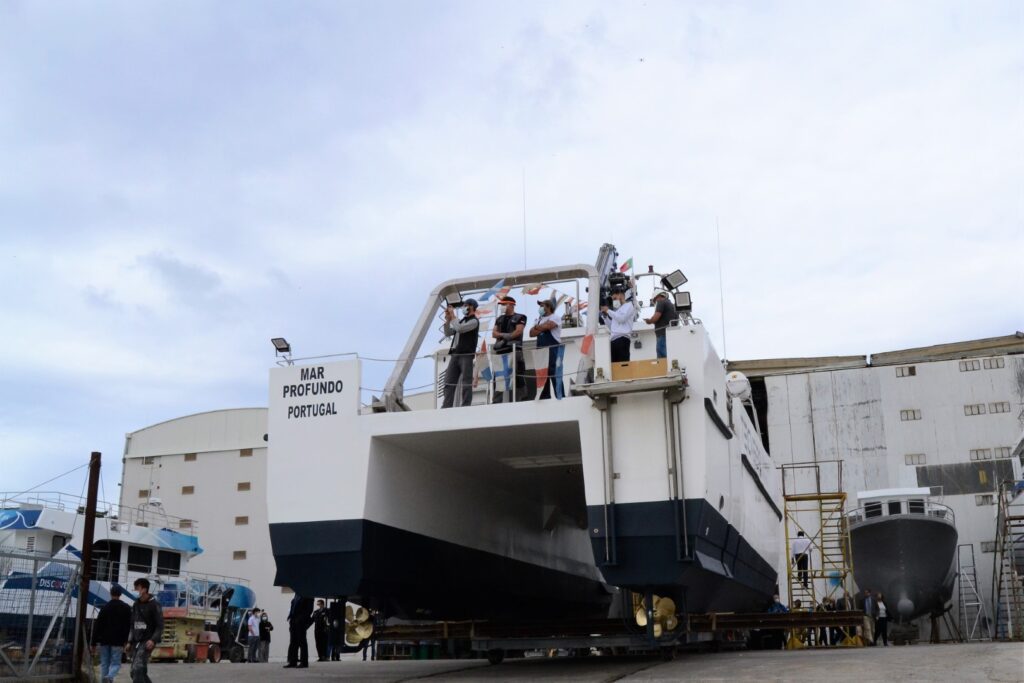
For this, the “Sea Deep” will itself be equipped with a lot of technology and very specific elements, such as «onboard computers, sensors, a communication system and two platforms, as well as a moon pool, through which we can access the sea».
The vessel also has a A-Frame and a crane that allows “to deposit and remove equipment up to a ton and a half from the water”, as well as loading and unloading from land.
However, it will still be a while before the “Deep Sea” can make its contribution to science.
«The finishes will still be done here in VRSA. Afterwards, we will have to assemble some equipment, already upstairs, next to our laboratory. We believe, without great optimism, that in September it will be able to start the first missions», anticipated Eduardo Silva.
The vessel is 19 meters long and has a beam of seven. “It can go up to 60 miles, it can take eight investigators on board, plus three to four crew members. It has an autonomy of up to three days, which is how long we can be at sea without going to a port».
The ship, despite being based on a diesel system, has the possibility of running on electricity “about 20 hours”, to enable some experiments, “such as, for example, the acoustic ones”.
Photos and video: Hugo Rodrigues | Sul Informação
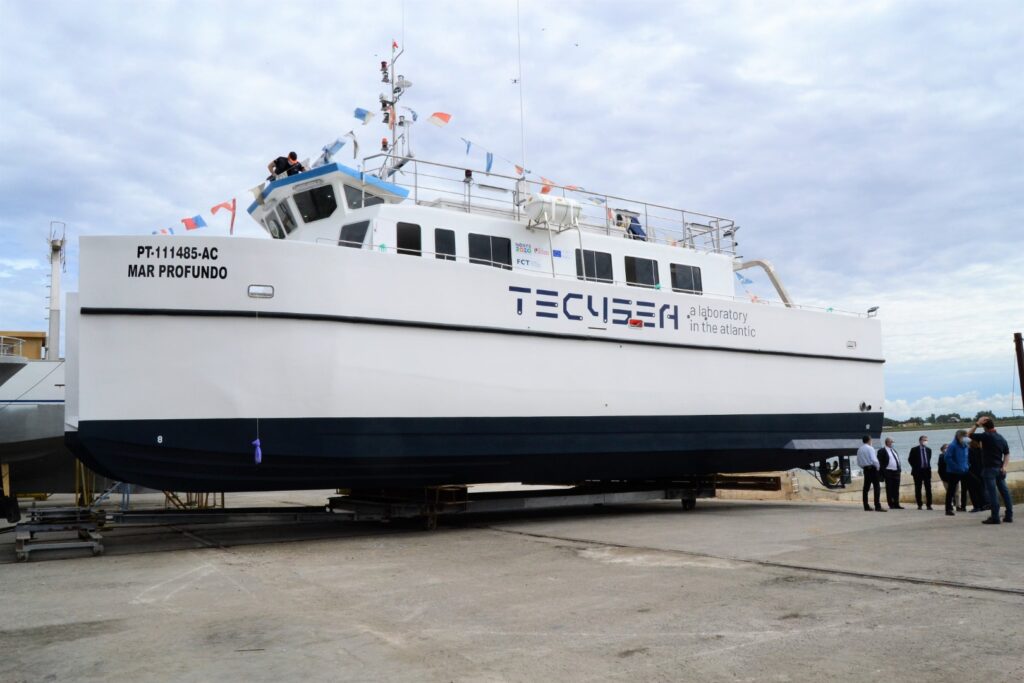
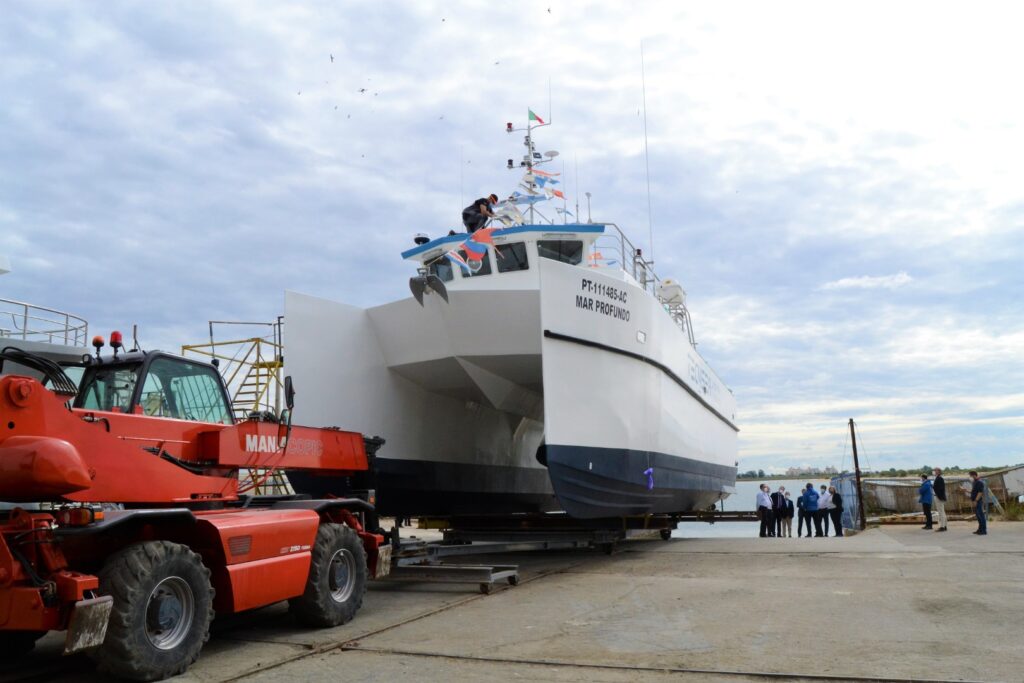
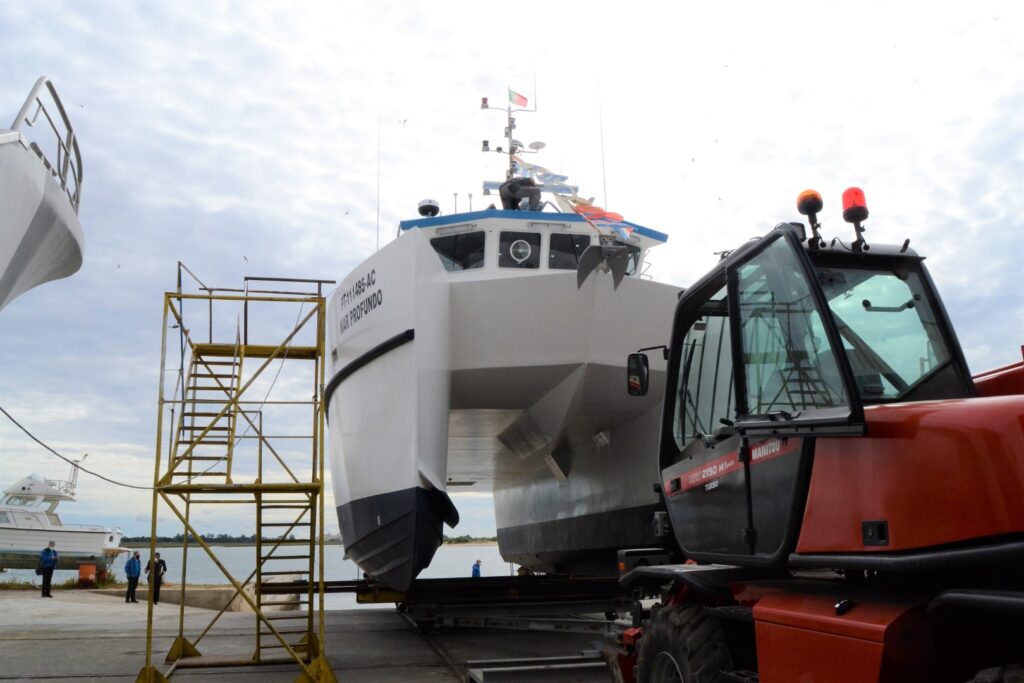
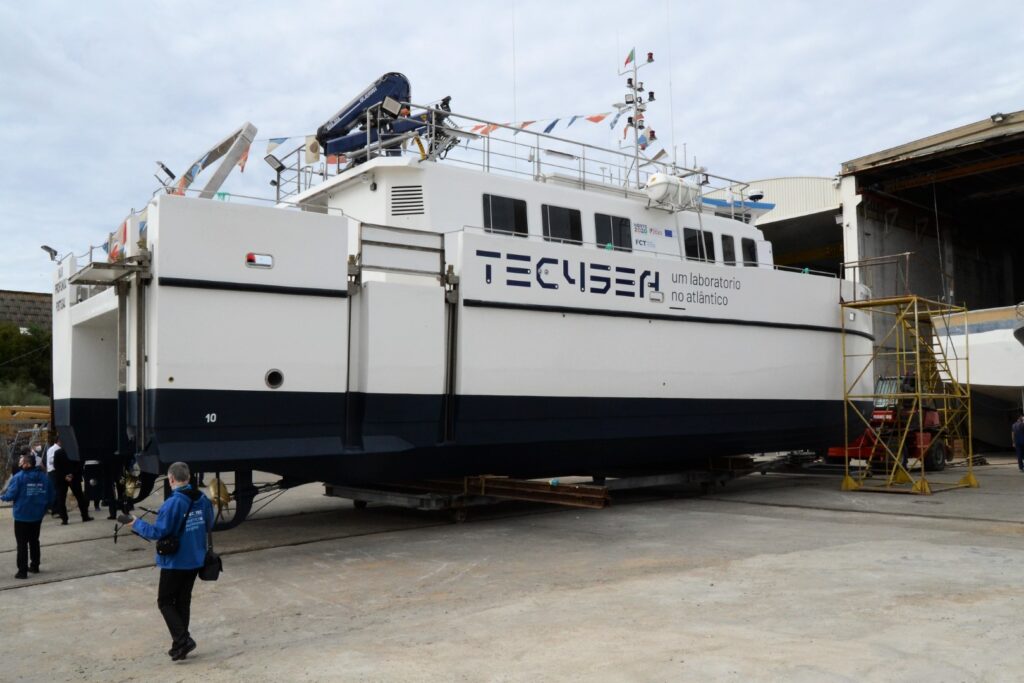
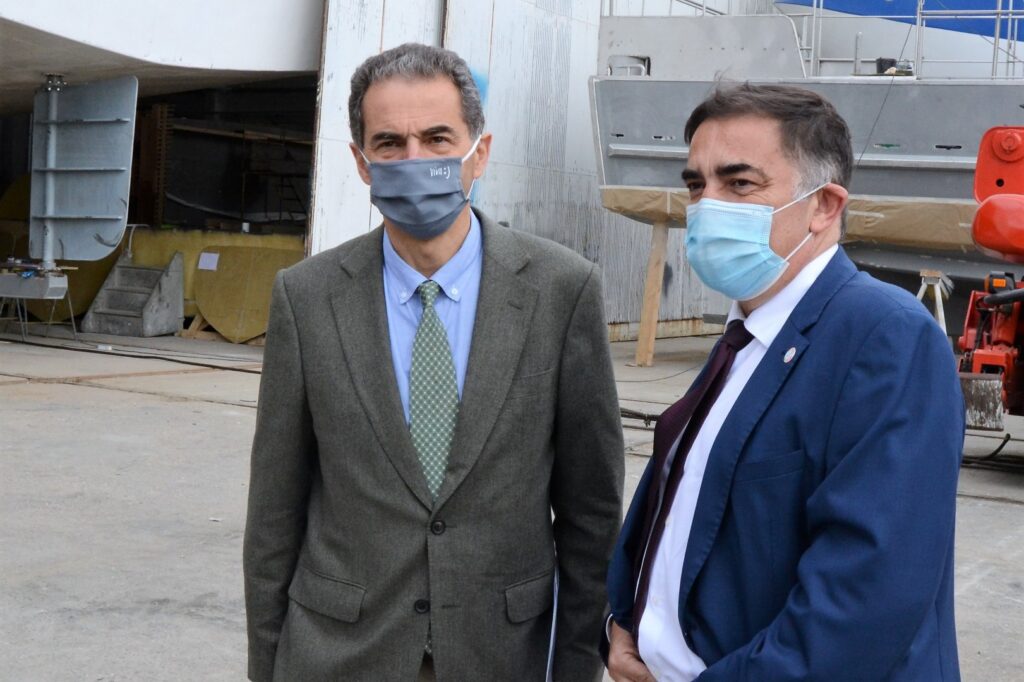
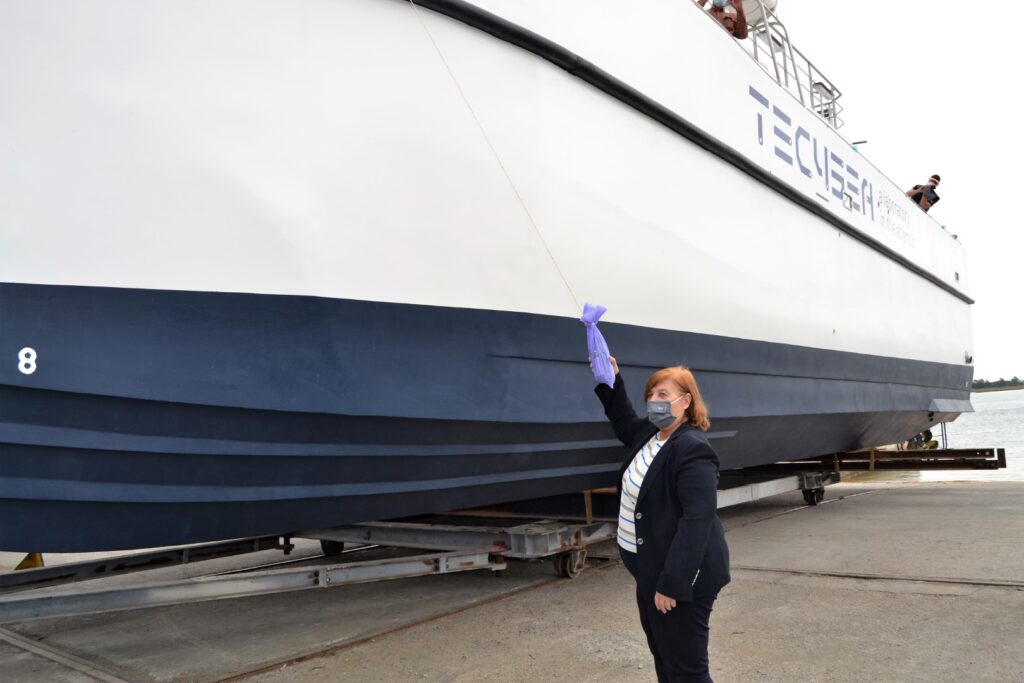
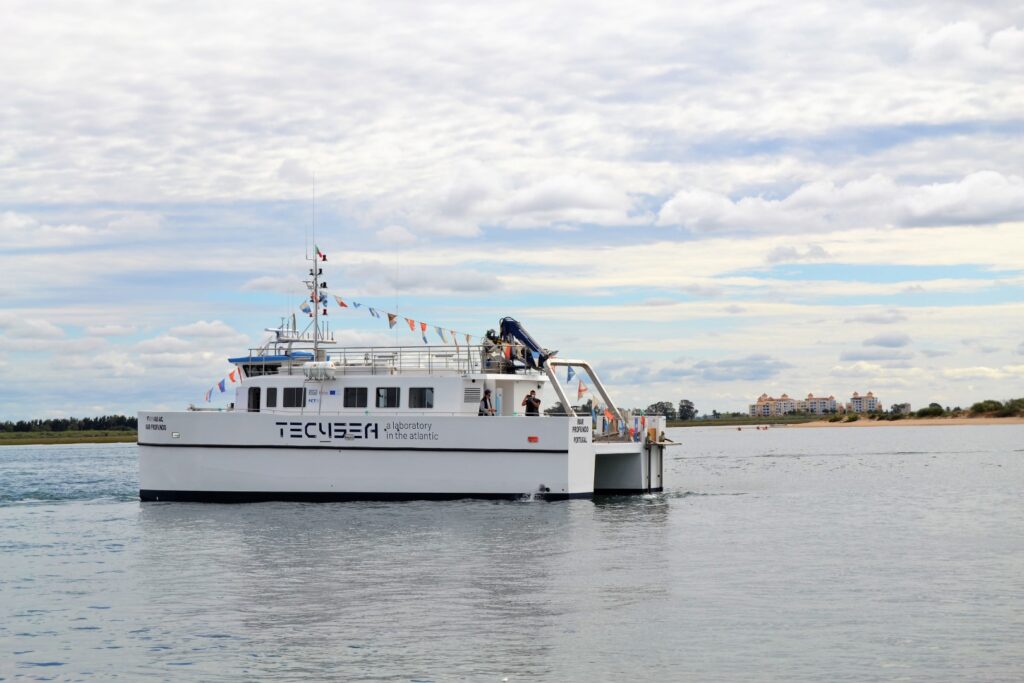
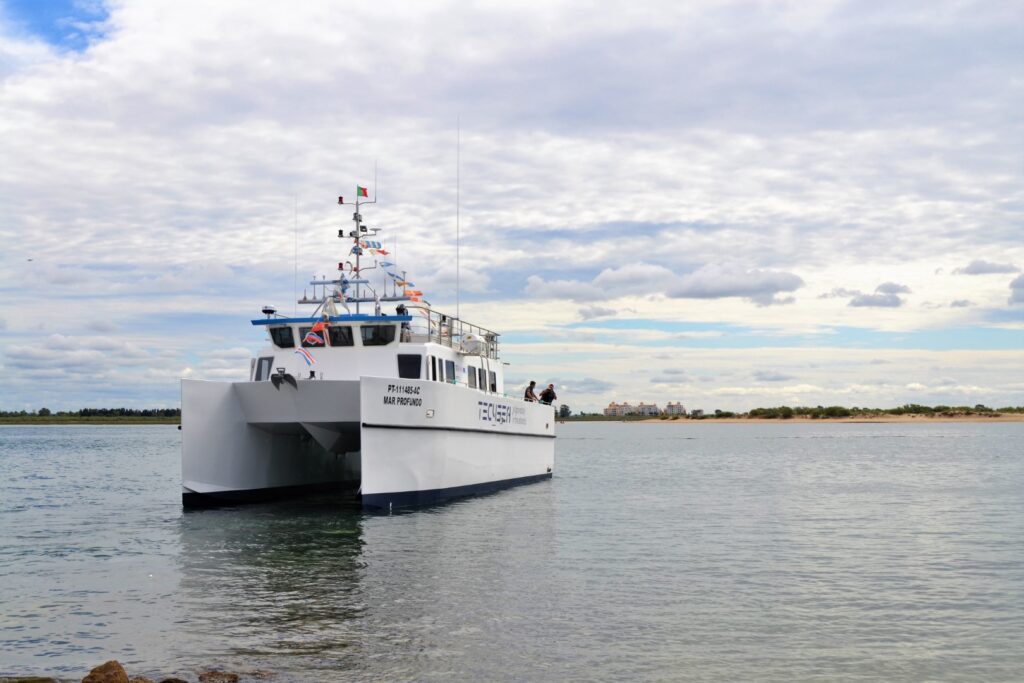



















Comments